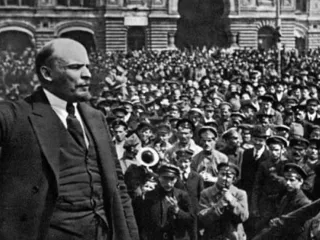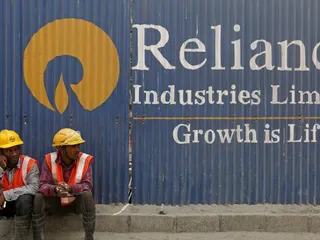The Indian Rebellion of 1857, often referred to as the Sepoy Mutiny or the First War of Independence, was a complex event stemming from a confluence of political and economic grievances against the British East India Company's rule. While the immediate trigger was the controversial greased cartridges of the Enfield rifle, the underlying causes were far more deeply rooted.
Political Causes:
The British administration, while bringing about certain advancements in infrastructure and governance, also fostered a climate of resentment and mistrust. Key political factors contributing to the revolt include:
- Doctrine of Lapse: This policy, implemented by Lord Dalhousie, annexed Indian states whose rulers died without a male heir. This blatant disregard for traditional succession practices fueled anger and insecurity among the princely states, many of whom joined the rebellion.
- Subjugation of Princely States: The British progressively eroded the power and autonomy of princely states, undermining their traditional authority and creating resentment among the ruling elites.
- Disregard for Indian Culture and Traditions: The British often showed little regard for Indian customs and traditions, leading to cultural clashes and resentment. The imposition of Western education and administrative systems further alienated many Indians.
- Suppression of dissent: Any opposition to British rule was brutally suppressed, further fueling discontent and fostering a climate of fear.
Economic Causes:
The British economic policies significantly impacted India's economy, leading to widespread impoverishment and resentment. Key economic factors included:
- Drain of Wealth: The British systematically extracted wealth from India through heavy taxation, trade imbalances, and the exploitation of resources. This led to widespread poverty and economic hardship among the Indian population.
- Deindustrialization: The British deliberately undermined Indian industries, particularly the textile industry, to benefit British manufacturers. This resulted in the loss of livelihoods for millions of Indian artisans and weavers.
- Zamindari System: The British land revenue system, based on the Zamindari system, often led to exploitation of peasants by landlords, resulting in widespread poverty and agrarian unrest.
- Heavy Taxation: The heavy tax burden imposed by the British, coupled with the economic hardships, further exacerbated the existing discontent.
In conclusion, the Revolt of 1857 wasn't a spontaneous event but a culmination of long-simmering political and economic grievances. The greased cartridges acted as the spark that ignited the widespread rebellion, but the tinder was already abundant due to decades of oppressive British rule. Understanding these interwoven causes is crucial to appreciating the historical significance and long-lasting impact of this pivotal event in Indian history.











































